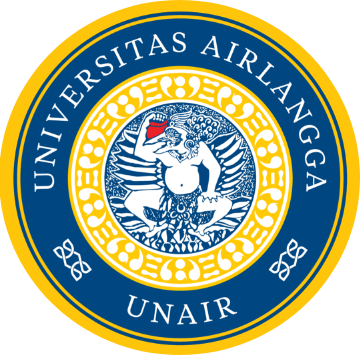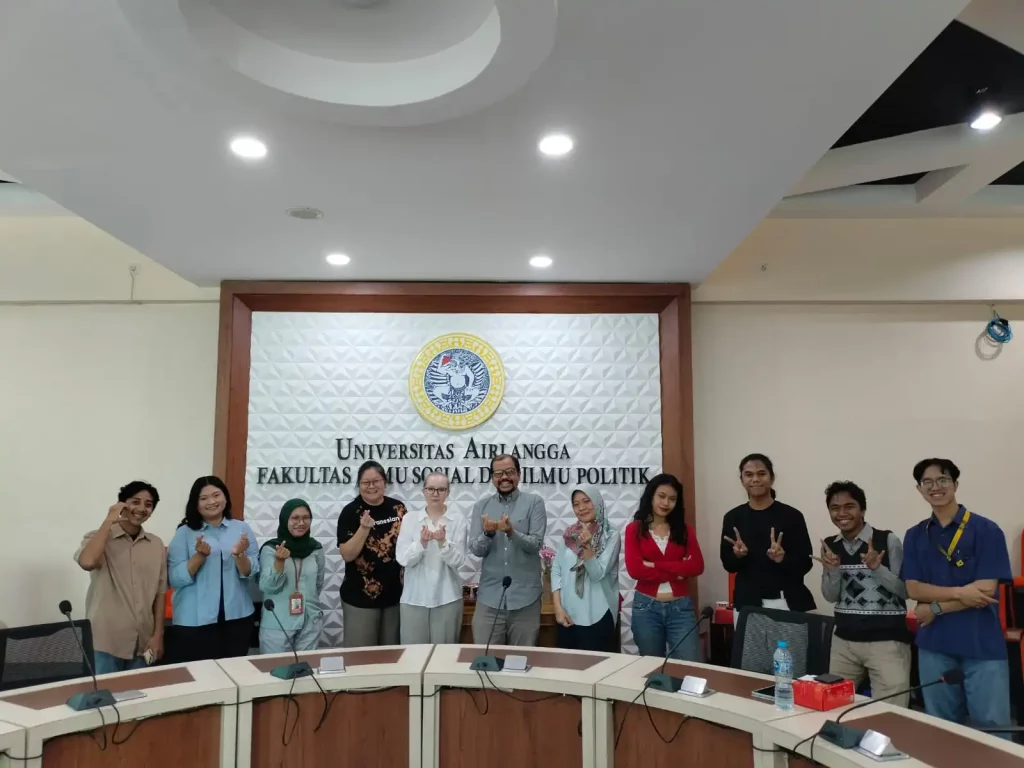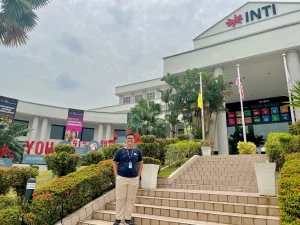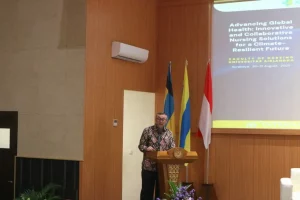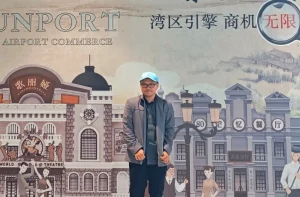UNAIR NEWS – The “FISIP Guest Lecture: Doing Virtual Research” series was held on Monday, August 5, 2024, in the UN Room, Building C Faculty of Social and Political Sciences (FISIP) of Universitas Airlangga. This session featured Dr. Loli Kim from the University of Oxford, who discussed visual communication in the discourse of Korean films, focusing on the fundamentals of Korean-English film discourse analysis.
Visual communication involves the use of images, symbols, and graphic elements to convey information and meaning. It includes examining verbal language, non-verbal cues, multimodal orchestration, socio-pragmatic rules, cultural contexts, and how these elements are integrated to be understood within the dynamic discourse of multimodal films. All these elements work together to create and transmit messages to the audience.
“There is a need for a logical approach to multimodality, film, and other forms of visual communication because the structuralism of the 1960s and 1970s sought to apply film linguistics and grammar to all forms of communication. Christian Metz’s work is one of the most significant in this field and now serves as the foundation for multimodal communication experts. Linguistics at that time was not ready to meet the needs of multimodality,” she stated.
In addition to these elements, visual communication also requires socio-pragmatics. The logical form of socio-pragmatic elements and their influence on discourse relationships are crucial in understanding Korean communication, especially the narratives in their films. “Not only is meaning constructed differently in English, but socio-pragmatic expressions in these film segments impose control over one another,” Dr. Kim added.
Visual communication is key to understanding and interpreting the discourse of Korean films, both locally and globally. Through the analysis of visual elements, we can gain a deeper understanding of the messages and meanings intended by filmmakers. Sensitive translation and interpretation that consider cultural contexts and visual symbolism are essential to ensure the appreciation of Korean films on the global stage.
Author: FISIP UNAIR

